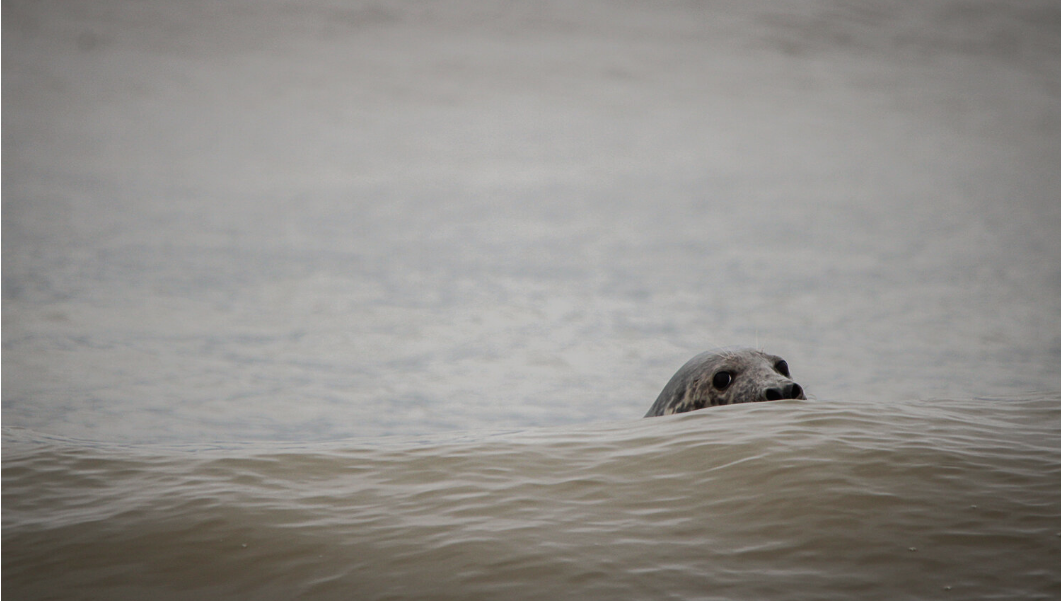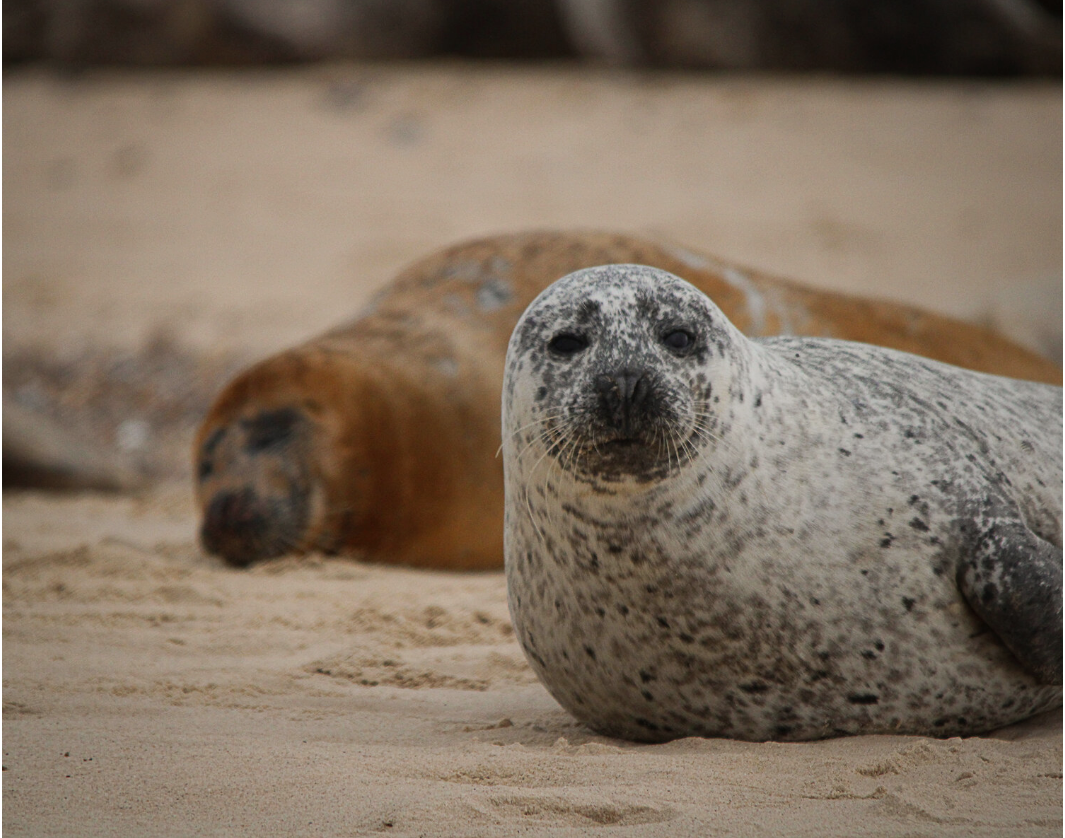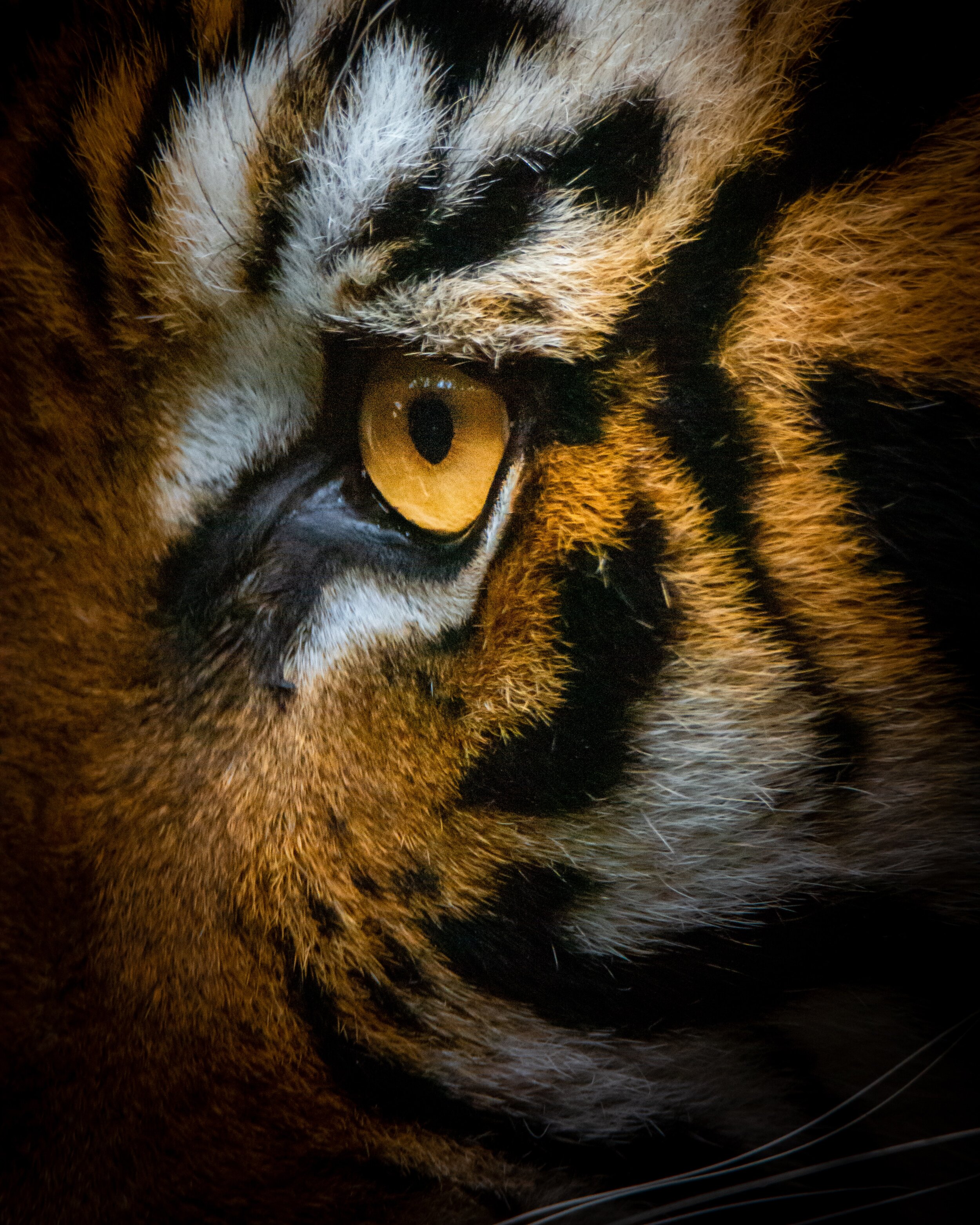By Anthony Spicer.
The Norfolk broads has always been an area that has interested me for wildlife. It’s a land rich in biodiversity, from its waterways which are home to various species of fish including perch and pike, to its peaty fens where you can find more than 250 different plant species, including the nationally protected fen orchid. If birds are more your thing, then some species are in particular abundance like teal and wigeon and many species of warbler too. It was bound to be a great trip as we ventured down there for a few days.
One mammal in particular I was looking forward to seeing were brown hares. Unlike popular belief brown hares are not native to the UK, they were in fact introduced during the roman times. However, since then they have become naturalised all over the UK, and even introduced to some islands around the mainland. They are wonderful animals to see and observe, often most active at dawn and dusk. They create ‘forms’ in which they sit and rest in during the day. They rely on their acute sense of smell and amazing bursts of speed to evade predators; they can reach a top speed of 45mph if they wish to. Although generally solitary mammals they will often stick together in small groups when feeding in open arable fields.
We were so incredibly lucky that where we were staying had plenty of brown hares active at dawn and dusk in the field directly behind our accommodation.

Brown hares
Another mammal we encountered looking out over the same field was a specie of deer which is rather unusual in its appearance. Rather than having the customary antlers which so many other deer species have, it has 2 short fanged teeth appearing from its mouth in a downwards direction. This deer is called the Chinese water deer it is not native to the UK, in fact it was introduced by the Chinese in the 19th century. It generally favours a wet, marshy habitat and like other deer they are very good swimmers. Norfolk has a good population of these intriguing mammals, however the overall population in Britain is increasing. We were very lucky that during the day 1 or 2 were active in the field alongside the brown hares.

Chinese water deer
Before we went down to the Norfolk broads, I was advised by someone to check out Horsey Gap beach for potential birds at high tide. So, we headed over before midday to see what was about. As we made our way over the top of the sandy path from the car park we were greeted by a rather strange site, from the shoreline into the distance we noticed a few heads poking out of the water. It wasn’t until I checked in the binoculars that they were in fact seals! At this point we noticed a rather large gathering of people further up the beach. So, we ventured as far up as we could to see what was happening.
We got to the highest point and what a sight, there were hundreds if not thousands of seals lining the beach! We couldn’t believe how many there were, all different age ranges from juveniles that had been born last year to fully sized males which were a sight to behold themselves. Grey and common seals will often come to shore to pup, with the pupping season occurring at a different time based on the species. You must give the seals plenty of room when photographing them during and before the pupping season, as getting too close can cause great distress to the seals and they can abandon their pups. All these photos were taken at a safe and fair distance away on a long lens.
Other highlights from our trip included a juvenile cuckoo and a few green woodpeckers. Juvenile cuckoos can sometimes be seen at this time of year as they get ready for their mammoth first journey to Africa for the winter.
Find more from Anthony
Check out our related designs below
10% of the sale price of all products is donated to British wildlife charities
THE HARE
The sprightly mountain hare Lepus timidus bounds across heathlands, confusing hopeful predators. With his white winter coat and black tipped ears, he hastily nibbles at bushes and trees before darting to the safety of his shallow 'form'.
Species of hare in the UK:
2
THE WOODPECKER
High up in the treetops, the lesser spotted woodpecker Dendrocopos minor quietly creeps along branches in search of insects. Distant drumming and a quick flash of black and white wings, and the tiny woodpecker disappears once again.
UK Conservation Status:
RED
THE SEAL
The curious face of the grey seal Halichoerus grypus, bobs above the water’s surface, before disappearing below the waves to fish. With a sloping ‘roman nose’ and unique pattern of spots, the grey seal returns to land to rest and give birth to its white, fluffy pup.
Species of seal in the UK:
2
We’re raising money to support wildlife conservation with our Big Fundraiser for Wildlife!
Wildlife prints signed by celebrities and influencers available to buy now. 50% of the sale of all prints is donated to charity.























































